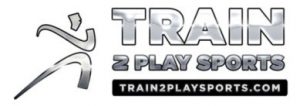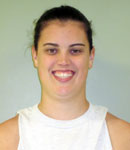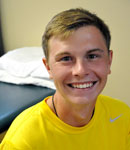Relieve Pain, Restore
Function, Start Living Again...
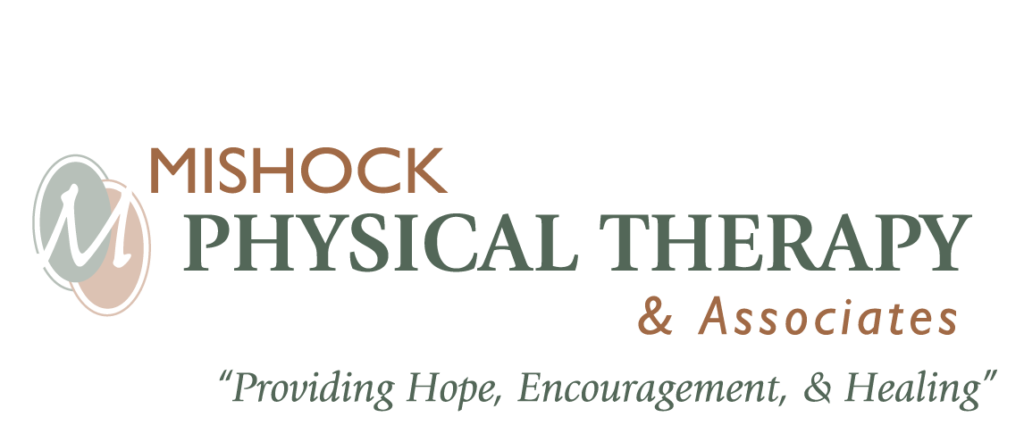
We can Help!
Physical Therapy – Chiropractic Care – Aquatic Therapy – Prevention Programs
NO script, NO problem! If you are in pain, call us directly to schedule an appointment with one of our Physical Therapists. You do not need to be referred by your physician.*
If you are in pain, call 610- 327- 2600 for a FREE phone consultation**, and see if our services are right for you.
Appointments available 7:00am to 8:00pm in ALL locations, most Days!
Mishock Physical Therapy & Associates is a privately owned, outpatient physical therapy practice throughout Montgomery, Berks and Chester Counties. It is our mission to provide the most effective and, state-of the-art physical therapy services to relieve pain, restore function, and return you to the highest quality of life possible.
We consider every patient a VIP, regardless of age, insurance, and/or injury and deliver the best, most comprehensive care necessary. Mishock PT prides itself on providing hands-on, individualized care to every patient.
* Not applicable to patients in federal or state funded programs, such as Medicare.
** Screenings are consultations and do not involve a physical therapy evaluation or treatment.
What Makes Mishock Physical Therapy & Associates Different?
5 Outpatient Physical Therapy Clinics to Serve You!
We challenge ourselves to provide the most clinically superior care in the region. We invest in our clinicians’ education and expect our professional staff to remain on the cutting edge of “what’s new” in physical therapy based on science and sound clinical research. If you are referred by your physician to physical therapy – tell them you want to go to Mishock Physical Therapy & Associates.

Meet the Owner
John R. Mishock,PT, DPT, DC
Dr. Mishock received his Bachelor’s degree from Slippery Rock University, his Master’s in Physical Therapy from the University of Pittsburgh, his Doctorate in Physical Therapy from Temple University, and his Doctorate in Chiropractic from the National College of Chiropractic in 1996.
Following his passion and dream, John Mishock opened his first physical therapy practice in Gilbertsville in 2005. Over the next several years 6 clinics were opened; Skippack in 2006, Barto in 2007, Phoenixville in 2011, Limerick Spring Valley YMCA in 2012, Pottstown (Stowe), 2014.
Over the years, Dr. Mishock has co-authored research articles on orthopaedic physical therapy and rehabilitation. He has written two books, “The Rubber Arm: Using Science to Increase Pitch Control, Improve Velocity, and Prevent Elbow and Shoulder Injury” and “Fundamental Training Principles: Essential Knowledge for Building the Elite Athlete”, available at (train2 playsports.com).
Read more…
Our Services
Mishock Physical Therapy & Associates specializes in providing Physical Therapy and Chiropractic treatment for a wide variety of conditions. We thoroughly evaluate each new patient in order to establish the most effective, individualized treatment program to attain the best possible outcome.
Forms
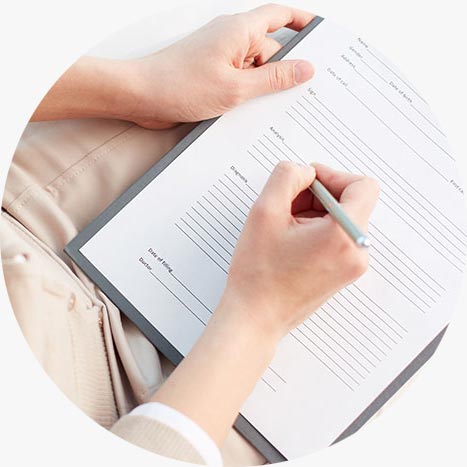
Patient Forms
For your convenience, you may print and complete these forms prior to your first visit.
This copy may be faxed, mailed or hand delivered to the clinic. DO NOT EMAIL FORM.
For Your 1st Visit, Please:
– Bring Physician’s Prescription
– Bring Photo ID
– Arrive 15 minutes Early

Physician Use
This copy may be faxed, mailed or hand delivered to the clinic. DO NOT EMAIL PRESCRIPTION.

Functional Outcome Questionnaires
Please fill out the appropriate survey prior to your first visit.

Billing Questions?
For Billing Inquiries: Call 484-948-2804
FAQ
For Additional Questions Please Contact Us
Yes. The choice of where you receive therapy is always yours. While the majority of our patients come to us by physician referral/recommendation, many clients request to see us due to our strong clinical reputation in the community.
In Pennsylvania, you can see a physical therapist without a referral from a physician. However, your insurance may require a referral from a physician to cover your expenses. To find out, call the number on the back of your insurance card and ask if a referral is necessary for coverage of physical therapy.
If your insurance requires a physician referral, that’s no problem. After your first visit, we can recommend you to a trusted physician or specialist before continuing your care. We have relationships with many local providers and may be able to get an appointment for you sooner than if you went on your own.
- We participate in the majority of major health insurance plans including Medicare and Worker’s Compensation. Please contact us prior to your first visit to see if we participate with your specific health plan.
As a service to our patients, we will gladly file claims with your insurance company on your behalf. In order to appropriately submit these claims, we will need to obtain a copy of your insurance identification card to ensure that we have the necessary information.
Your therapist will conduct an evaluation of your condition lasting between 60-90 minutes. The evaluation is necessary to create a program designed specifically to address your needs for maximum recovery. We want you to start feeling better immediately, so we consider it a top priority to provide treatment, as well as evaluate you on your first visit!
– Referral slip from your medical doctor
– Your medical insurance card
– Your ID
– If you are getting therapy as a result of a worker’s compensation claim or an automobile accident, you will also need to bring your claim information, including claim number.
Please arrive 15 minutes early on your first visit to fill out any necessary paperwork.
We recommend comfortable clothing such as sweatpants or shorts, a T-shirt or tank-top and sneakers.
Each visit will last 60 – 90 minutes on average. Times vary due to the treatment and exercises being performed.
The regularity of your visits will be determined after your initial evaluation, but most patients have 3 visits each week scheduled.
For Billing Inquiries: Call 484-948-2804


